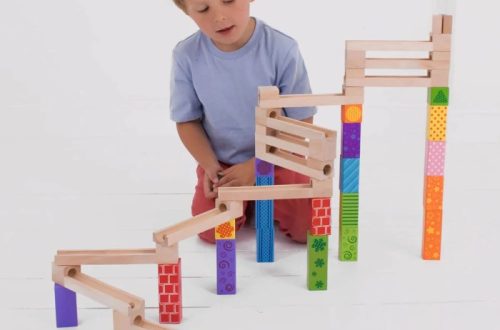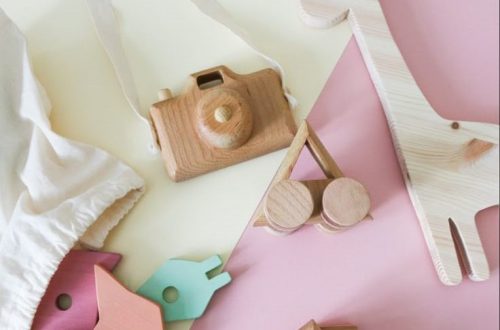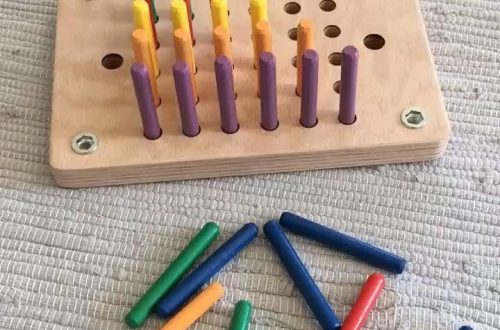Why Montessori Climbing Toys Are Perfect for Active Toddlers
Montessori climbing toys have become a favorite among parents who want to support their child’s natural movement and curiosity. These toys are designed to encourage gross motor development, balance, and coordination in a fun, hands-on way. Unlike passive playthings, Montessori climbing toys invite children to explore, climb, and move freely—helping them build strength and confidence from an early age. Many of these items are made from natural materials like wood and cotton, which align with the Montessori philosophy of using real, tactile, and open-ended tools for learning. Whether it’s a wooden climbing frame, a curved balance board, or a multi-use climbing triangle, each toy offers multiple ways to play and grow.
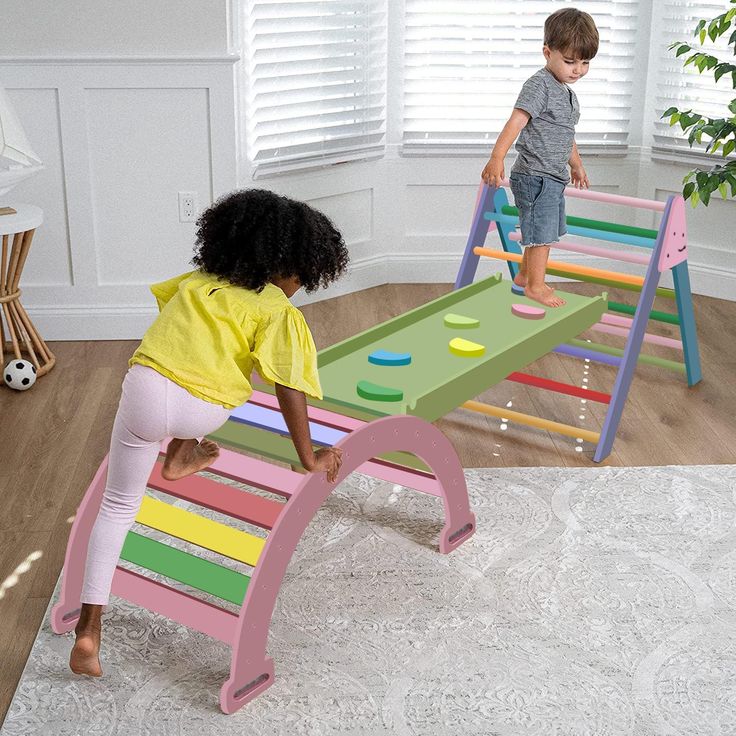
They also fit well into home environments, as they’re compact, durable, and aesthetically pleasing. As more families adopt Montessori-inspired learning at home, demand for these climbing toys has grown rapidly. Now, many brands offer safe, stylish, and functional designs that suit different ages and spaces. If you’re looking to enrich your child’s physical development while keeping playtime engaging, Montessori climbing toys are an excellent choice.
The Benefits
Montessori climbing toys provide a wide range of developmental benefits for young children. One of the most important is physical growth. As kids climb, jump, balance, and crawl, they strengthen their muscles, improve coordination, and develop body awareness. These movements help build core strength, enhance fine and gross motor skills, and boost overall agility. Another key benefit is cognitive development. When children interact with open-ended toys like climbing frames, they learn through trial and error. They figure out how to climb up, slide down, or balance on uneven surfaces—all while improving problem-solving skills and spatial awareness. Emotional and social growth also occur during play.
Children gain confidence by conquering challenges and pushing their limits safely. They also learn patience, focus, and perseverance when mastering new movements. In group settings, climbing toys can be used for cooperative play, teaching kids to take turns, share space, and communicate effectively. Additionally, Montessori climbing toys support sensory development. The texture of wood, the feel of a smooth curve, and the resistance of climbing structures all engage a child’s senses in meaningful ways. These experiences help build neural pathways that support future learning and emotional regulation. By combining fun with foundational development, Montessori climbing toys offer much more than entertainment—they lay the groundwork for lifelong learning and physical health.
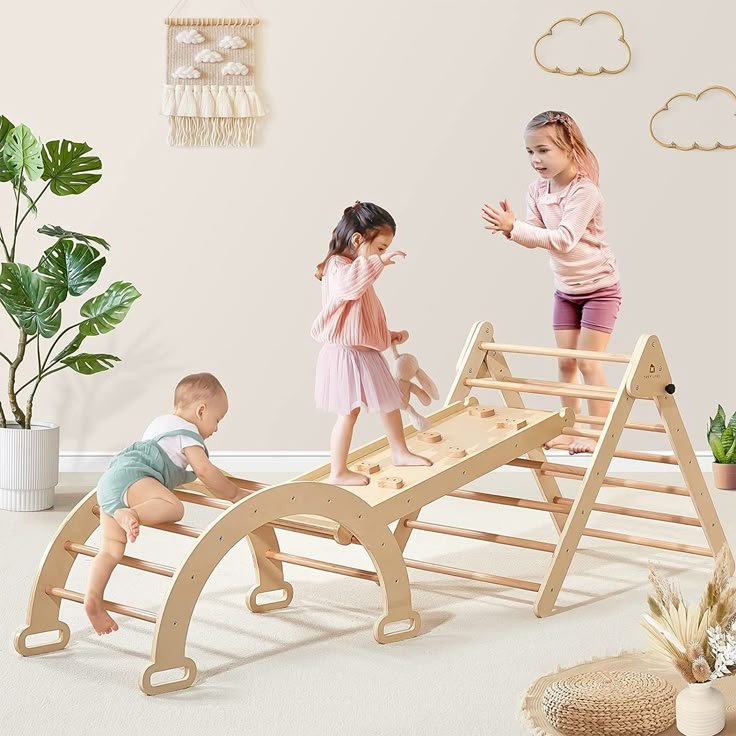
Popular Types
There are several types of Montessori climbing toys available, each offering unique benefits based on a child’s age and ability. One of the most common is the climbing triangle, a wooden A-frame structure that encourages toddlers to climb, slide, and even use as a bridge or tunnel. It helps develop leg strength, balance, and coordination. Another popular option is the balance board, a curved wooden plank that allows children to rock back and forth, stand still, or use it as a step stool. Balance boards improve posture, core stability, and body control. The climbing arch is another versatile piece. It can be stacked, rolled, or turned upside down for balancing practice. Some models come with soft cushions or fabrics for added comfort and safety. For younger babies and crawlers, cushion climbers made from organic cotton and foam offer a safe way to explore movement without hard edges.
These soft blocks can be arranged in different ways to create ramps, steps, or small hills. Families who want multifunctional playsets often choose Montessori climbing frames, which combine ladders, slides, and platforms in one unit. These larger setups allow for imaginative play and extended physical activity. No matter which type you choose, Montessori climbing toys are designed to grow with your child and adapt to their changing needs over time.
How to Choose the Right Montessori Climbing Toy for Your Child
Selecting the right Montessori climbing toy depends on your child’s age, mobility level, and interests. For infants and crawlers, soft cushion climbers or low balance beams are ideal. These provide gentle support and encourage crawling, pulling up, and first steps. For toddlers aged 1–3 years, climbing triangles and balance boards are perfect. They help develop balance, coordination, and confidence without being too advanced. Older preschoolers (ages 3–5) may enjoy more complex setups like climbing frames with ladders or slides. These allow for creative play, jumping, and exploring height within a safe environment. Size and space are also important considerations. Measure your room before purchasing a climbing toy to ensure it fits comfortably without crowding other furniture. Some smaller homes opt for foldable or modular pieces that can be rearranged or stored easily. Material quality matters too.
Look for solid wood, rounded edges, non-toxic finishes, and sturdy construction. Avoid plastic-heavy products that may wobble or wear out quickly. Price varies depending on design and brand, but investing in a durable, long-lasting toy is often more cost-effective in the long run. Always check customer reviews and safety certifications before buying online. With careful selection, you can find a Montessori climbing toy that supports your child’s growth and adapts to their evolving abilities.
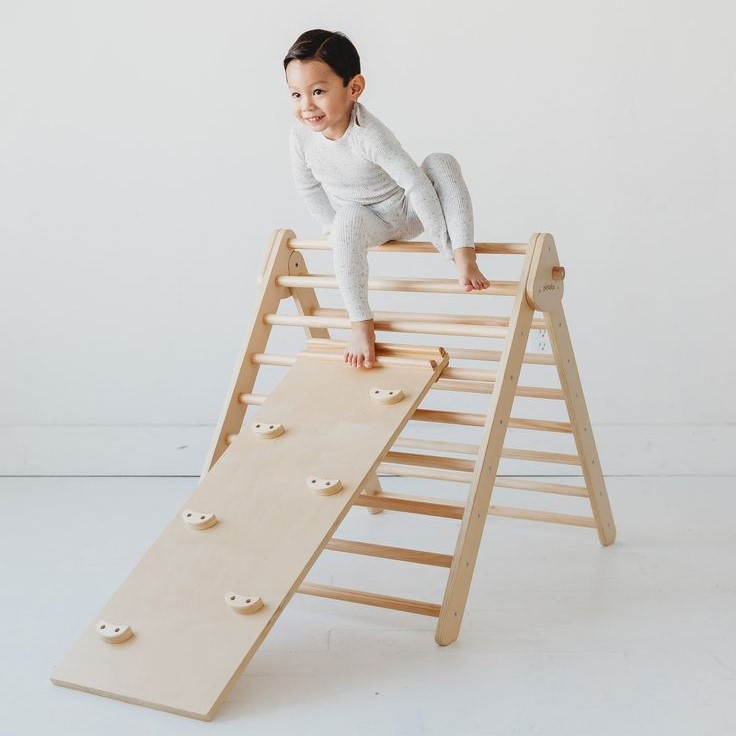
Where to Buy High-Quality Montessori Climbing Toys Online
Finding reliable sources for Montessori climbing toys is easier than ever thanks to the growing number of specialized retailers. Etsy remains a top choice for handmade, custom-made climbing toys crafted by independent artisans. Many sellers offer personalized finishes, eco-friendly materials, and detailed craftsmanship tailored to specific needs. Amazon provides a wide selection of trusted brands, fast shipping, and verified customer reviews. Parents can filter by price, size, and material to find exactly what they need. For premium, ethically made options, companies like Guidecraft, Haba, and Grimm’s offer high-quality wooden climbing frames that meet international safety standards.
These brands emphasize sustainability, durability, and educational value. Specialized Montessori shops such as Monti Kids, The Montessori Company, and Forest + Found curate handpicked selections of climbing toys that align with authentic Montessori principles. These stores often include expert guidance on choosing the right toy for your child’s stage of development. Social media platforms like Instagram and Pinterest are also great places to discover emerging brands and parent-recommended picks. Influencers and educators frequently share honest reviews and tips for setting up Montessori-inspired play spaces at home. Regardless of where you shop, always read return policies and check for safety certifications before making a purchase. This ensures peace of mind and guarantees a positive experience for both parent and child.
Tips for Setting Up a Safe Montessori Climbing Play Area
Creating a safe and inviting space for Montessori climbing toys is essential for encouraging free, confident play. Start by selecting a clear area with enough floor space around the toy to prevent accidents. Ideally, place the climbing toy on a soft surface like a rug, foam mat, or carpeted floor to cushion any falls. Avoid placing it near sharp corners, glass tables, or other hazards. Next, inspect the toy regularly for loose screws, splinters, or signs of wear. Wooden climbing toys should have smooth, sanded edges and non-toxic finishes. If assembling yourself, follow the manufacturer’s instructions carefully to ensure stability. Supervision is especially important for younger children.
While Montessori encourages independence, adult presence ensures safety and reassurance. Teach your child how to climb responsibly, emphasizing balance, controlled movements, and taking turns if there are siblings. Encourage barefoot play whenever possible. Being barefoot improves grip, enhances sensory feedback, and strengthens foot muscles. Rotate toys periodically to keep play fresh and exciting. Combine climbing toys with other Montessori essentials like baskets, mirrors, or movement rugs to create a full-body play zone. Finally, involve your child in tidying up after playtime. This builds responsibility and reinforces the idea of caring for their environment.
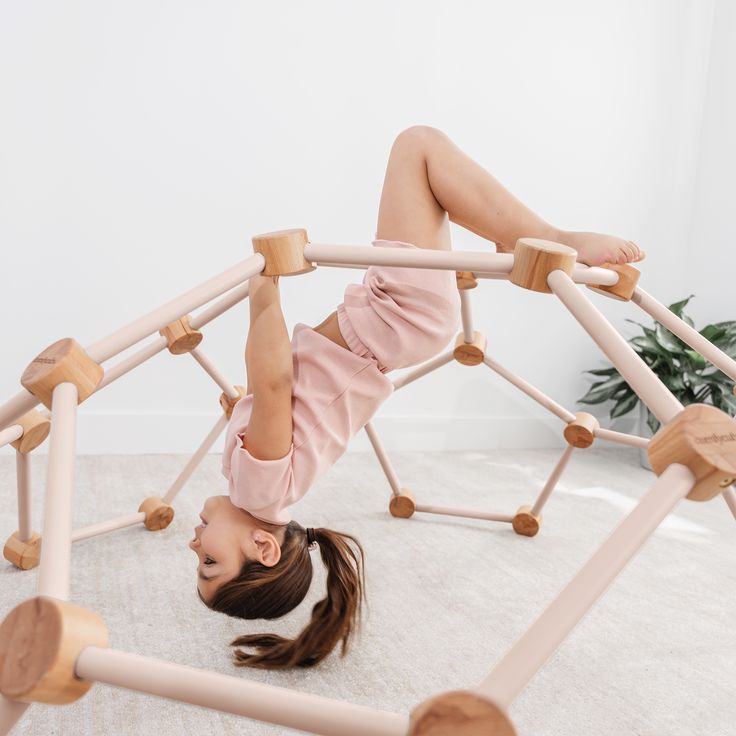
Caring for and Maintaining Montessori Toys
Proper care extends the life of Montessori climbing toys and keeps them looking and functioning their best. Most wooden toys only require regular dusting with a dry cloth or light wiping with a damp cloth and mild soap. Avoid soaking or using excessive water, as this can warp the wood or loosen joints. For deeper cleaning, use a mixture of water and vinegar or a natural wood cleaner to disinfect surfaces without damaging the finish. Always dry the toy completely after cleaning to prevent moisture buildup.
If the toy has fabric parts, spot clean with a gentle detergent or remove covers for machine washing if applicable. Check for scratches or rough spots every few weeks. Lightly sand any areas that have become uneven and reapply a food-grade oil like beeswax or mineral oil to maintain a smooth finish. Store climbing toys in a cool, dry place when not in use to avoid exposure to direct sunlight or humidity, which can cause fading or warping. If the toy has adjustable parts or wheels, tighten screws and check mobility mechanisms regularly. With consistent maintenance, Montessori climbing toys can last for years and be passed down between siblings or friends.
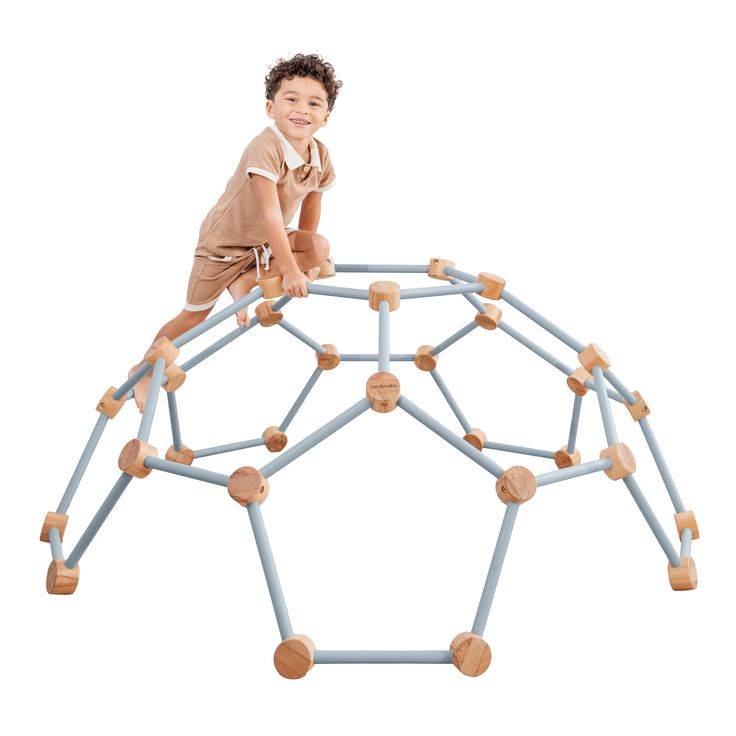
Final Thoughts
In conclusion, Montessori climbing toys are more than just fun playthings—they are powerful tools for healthy child development. From building strength and balance to fostering independence and creativity, these toys offer lasting benefits that extend far beyond the playroom. Whether you’re setting up a dedicated Montessori corner or simply adding a balance board to your living room, these toys encourage active exploration in a safe and meaningful way. As awareness of holistic, child-led learning continues to grow, so does the popularity of Montessori-inspired climbing equipment. With so many options available—from simple wooden arcs to complete climbing systems—there’s something to suit every family, budget, and space. Now is the perfect time to invest in a Montessori climbing toy that will support your child’s growth and bring joy to everyday play. Let your little one climb, explore, and thrive with the help of these innovative and engaging learning tools.


